Calum Bayne
Interview by Colette Griffin
-
Published in August 2020
-
This conversation took place during the development and installation of Stunts, a solo exhibition of new work by artist Calum Bayne. The exhibition at Mansions of the Future (MotF) underpins the project’s Lincoln Live season, featuring new commissions which exist at the intersections of disciplinary boundaries. Here MotF’s Curator Colette Griffin talks to Calum about creating work during lockdown and his multifaceted practice. Stunts can be viewed in person via appointment by contacting info@mansionsofthefuture.org. A carefully crafted virtual tour narrated by Calum is available for those who want to experience the exhibition online.
-
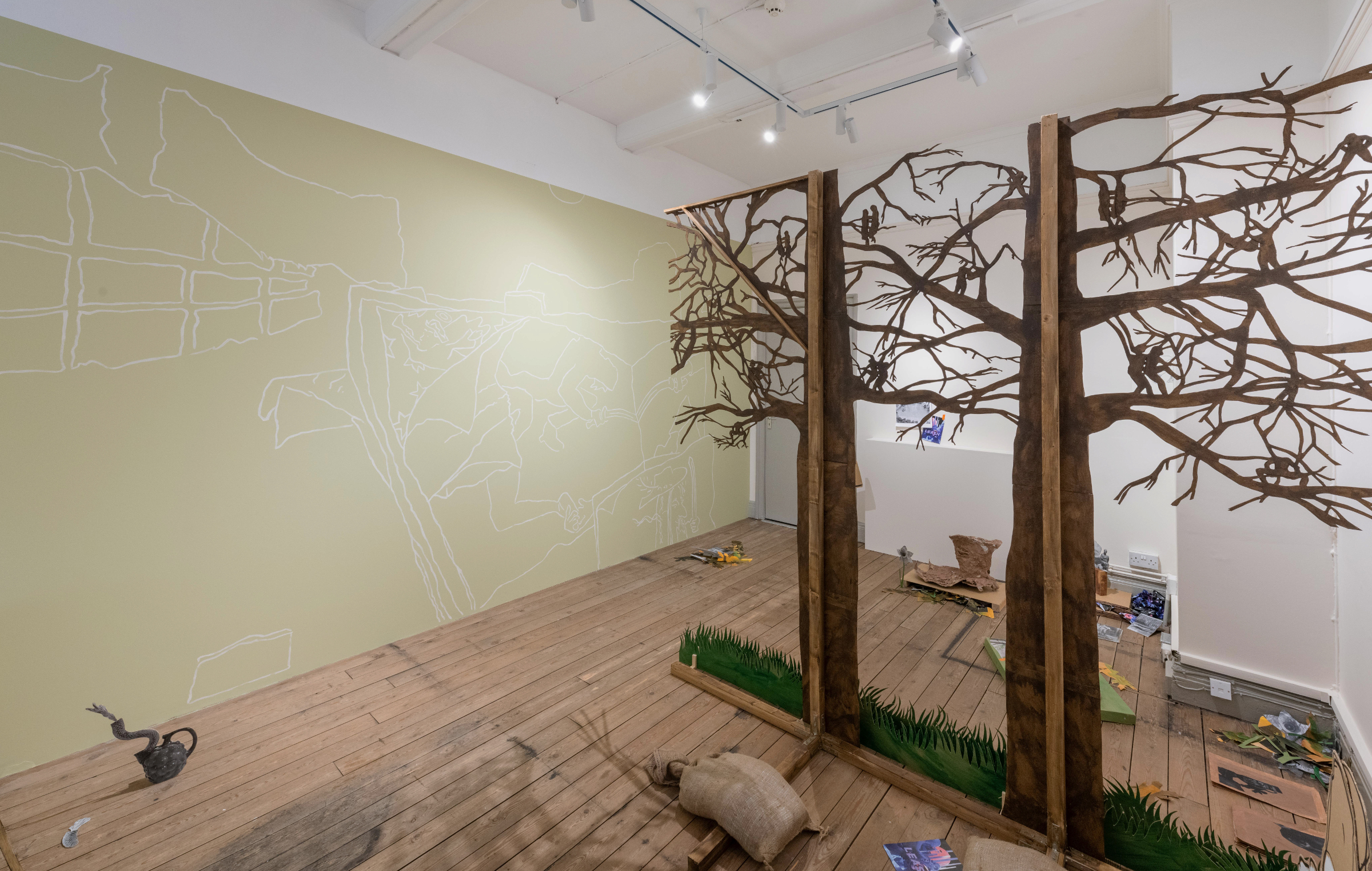 Stunts, installation view, Mansions of the Future, Lincoln, 2020
Stunts, installation view, Mansions of the Future, Lincoln, 2020We are delighted to host your first solo exhibition Stunts, at Mansions of the Future. The show had been due to launch in April but was postponed due to the COVID-19 pandemic. Do you want to share a little about the complexities of continuing to make work in lockdown and if the shift in pace and move from the physical to the digital has had an impact on your practice at all?
Thank you, I couldn’t think of a better place to have my first solo show and just want to begin by thanking the Mansions team for the opportunity and their support throughout the project. I think that lockdown’s biggest impact on me was that it created a lot of time to think through - and overthink - the work I had made. Finding motivation to create work during that time was a real challenge. And now, thinking about how the exhibition has been translated online [as a virtual tour] is interesting because a lot of the imagery seen in the show was sourced online and then printed out so that it lost any digital sheen. There is a deliberate roughness to the work that I wanted to maintain. I’m curious to know whether this, alongside the work’s blunt edges, will still be noticeable for audiences viewing the show on a screen.
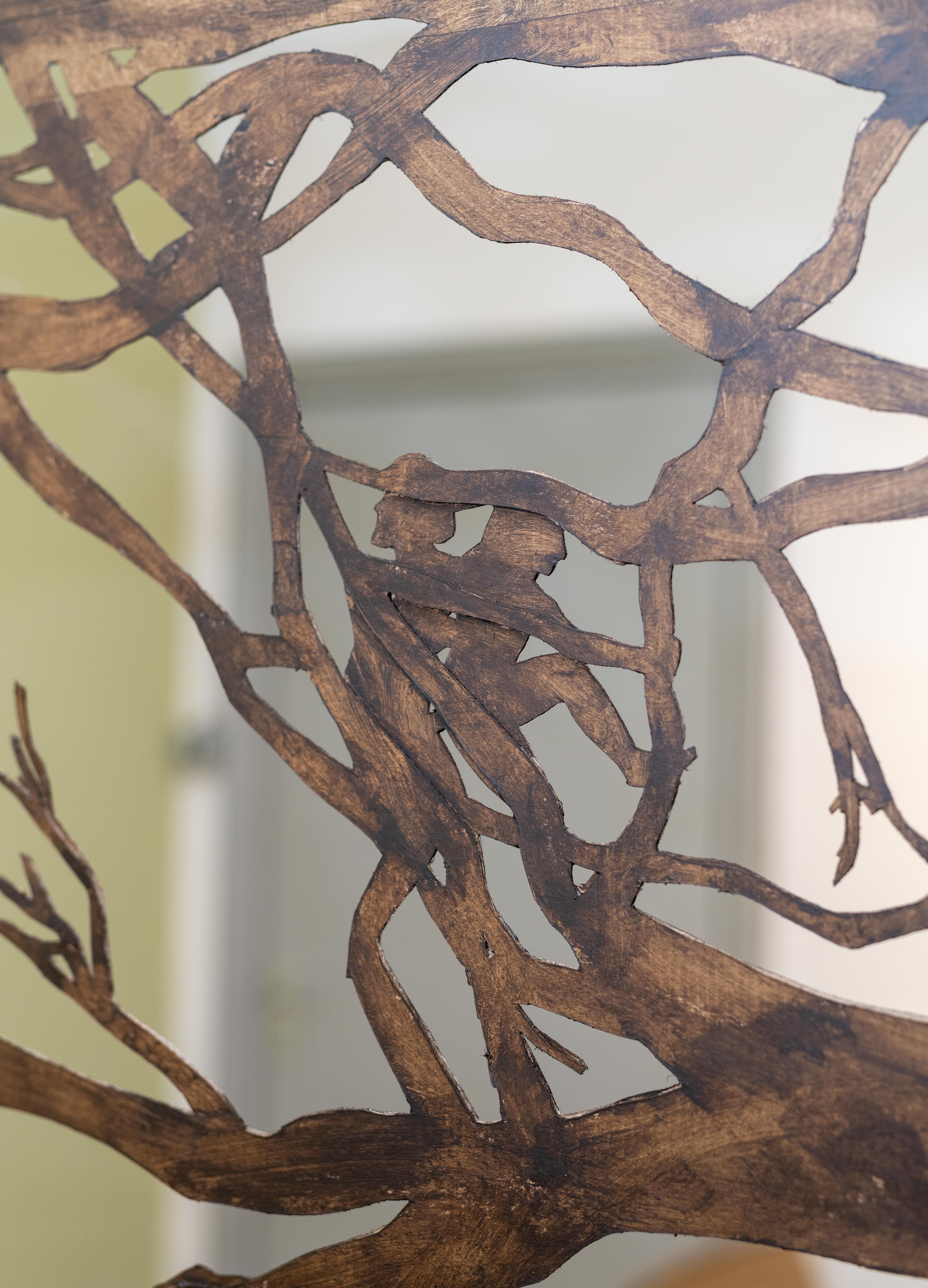
Your personal and sometimes imagined journey through site, space and time play a role within the development of new work and in grounding your practice. Can you speak a little more about moving between past and present?
Yeah, so I try to avoid any loyalty to experiencing time chronologically. But mainly I am interested in rejecting landmarks of time. Although I’m interacting with a specific site [Bothwell Castle on this occasion], I’m not trying to fantasise/return to an idealised, typically important, moment in its past or future. Instead of focusing on its initial construction, the beginning of its erosion, its transition to a tourist site or wedding photography backdrop, I’m trying to collide all of those times and make a new context from the past to use when thinking about life in the present. Ideally, I’d like to avoid any ushering through functionalities of the site and create space for the unknown, unseen or imagined.

You have spoken before about how your work questions whether outlived monuments can help us to re-think moments of turbulence and how historic monuments form part of a transition backdrop to our daily lives. This seems like a particularly pertinent statement at present, thinking about the removal of statues of slavers, oppressors and racists by activists following the galvanisation of the Black Lives Matter movement. Can you speak a little more about this line of inquiry?
I’d urge people to read Travis Alabanza’s incredible article, if they haven’t already, on the importance of that moment. Statues, like the one of slaver Edward Colston, and the conversations that happen around them reveal the truly insidious nature and prevalence of governmental and public loyalty to protecting the legacies of Britain’s racist history.
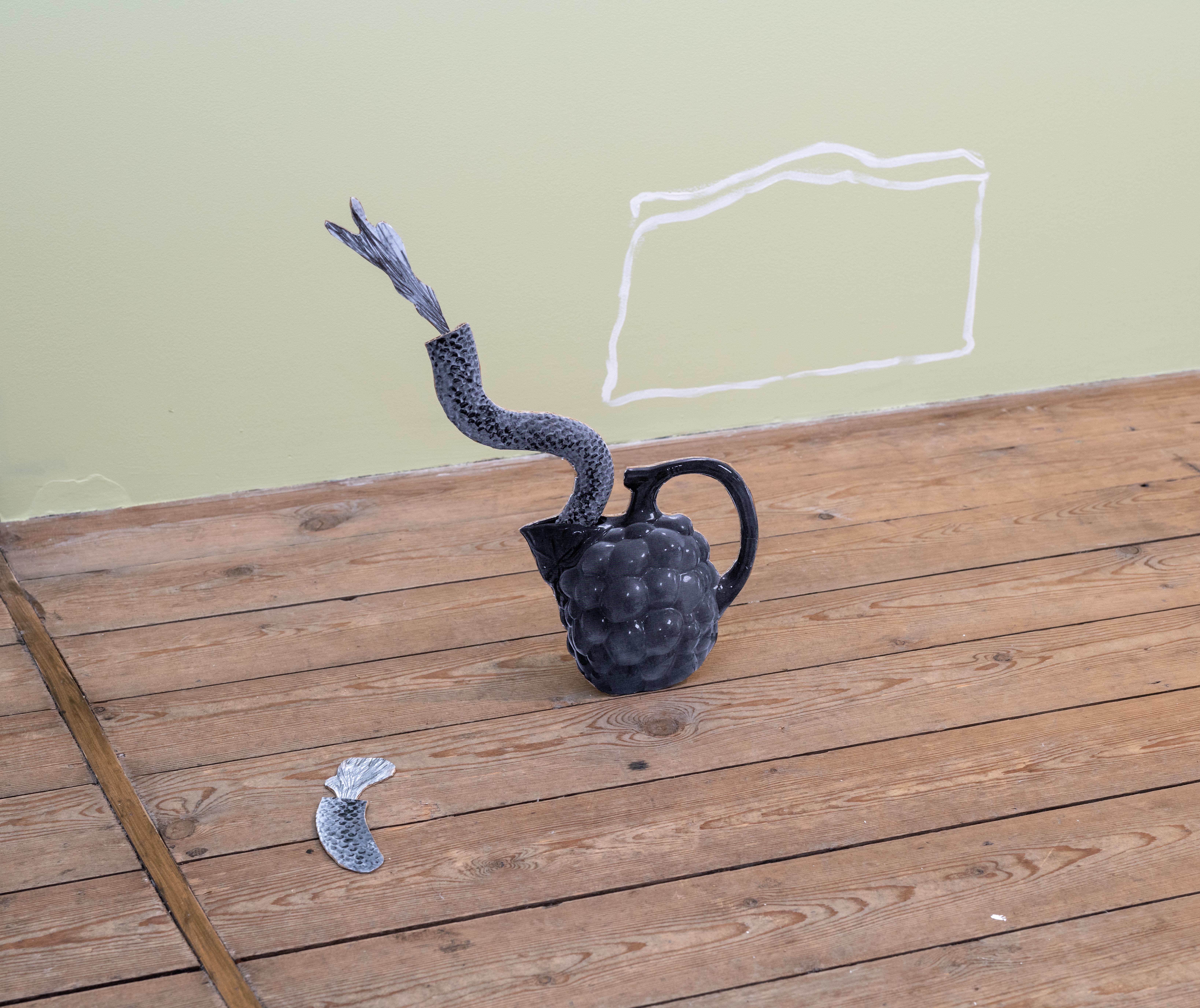
The processes and materials used within your work are very varied. If we look at Stunts for example, you have merged painting, drawing, traditional and less traditional methods of sculpting and graphic design. Do you feel that by not being restricted by medium you are able to use the techniques that feel most appropriate to express your ideas at that time?
When I was creating work for Stunts my priority was to make each element with a similar level of commitment to spontaneity and to allow for things to happen quickly. Hopefully, the work feels responsive / contemplative rather than conclusive. By not being restricted by medium I felt as though I was able to overlap ideas, moving from one to another and coming back around. Although I sprawl across mediums, my pool of materials is pretty small and fairly commonplace.
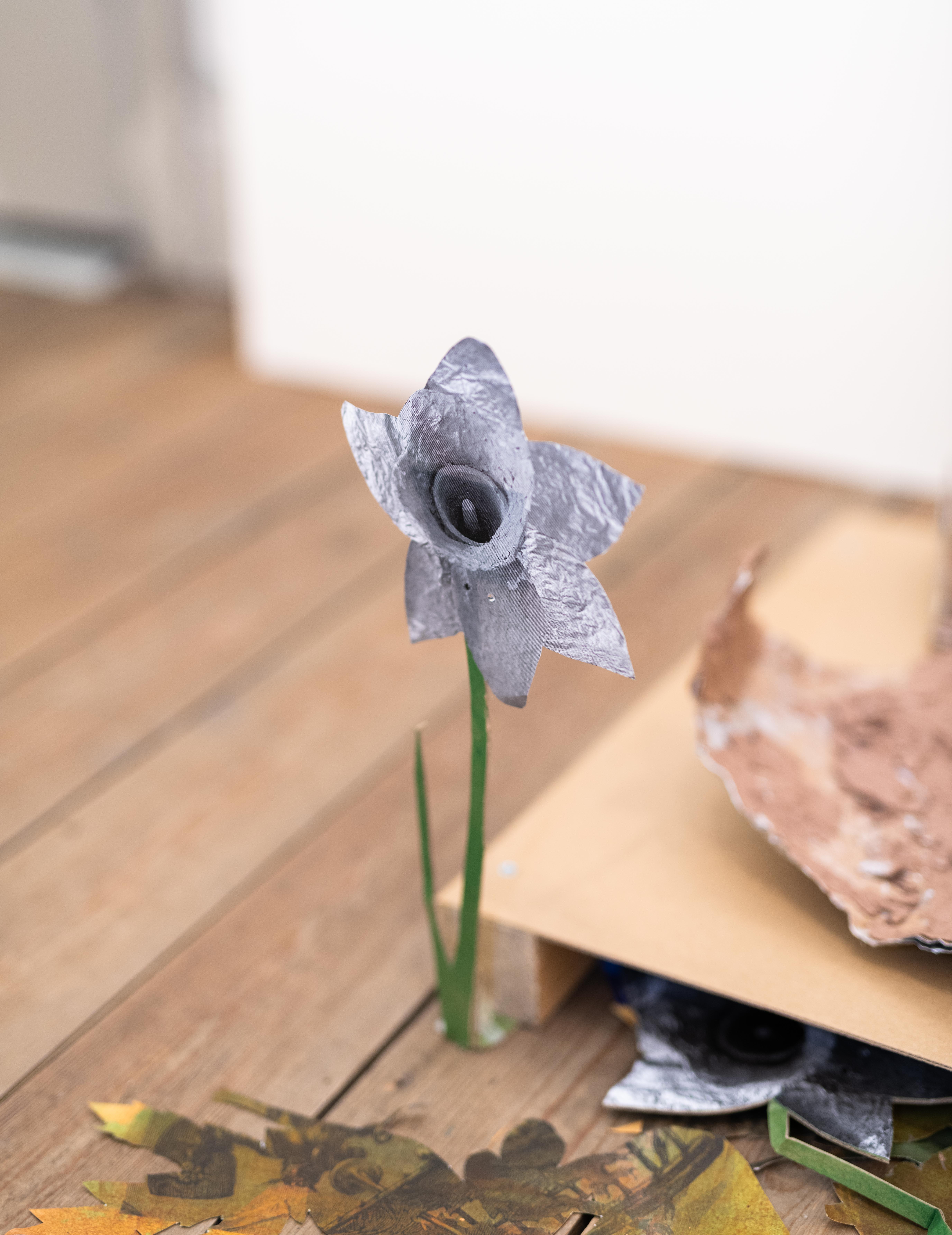
Looking again at Stunts, the work and overall look of the show feel like they have been influenced – at least aesthetically – by theatre and more specifically set design. Is a dialogue between contemporary art and theatre/performing arts an intentional or organic facet of your practice?
Looking at and then going on to make masks was the beginning of my interest in theatre. Slipping in and out of anonymity has been a recurring motive behind the work in Stunts, but I wanted to avoid giving any characters or figures too much of a face or too whole of a body. Instead, hopefully the work can act as a set for audiences to act through their own desires – either for, or in resistance to visibility. I think this is a largely organic dialogue, whereby I am more concerned with the leftovers of a performance or activity rather than the happening of it, so that’s what I present.
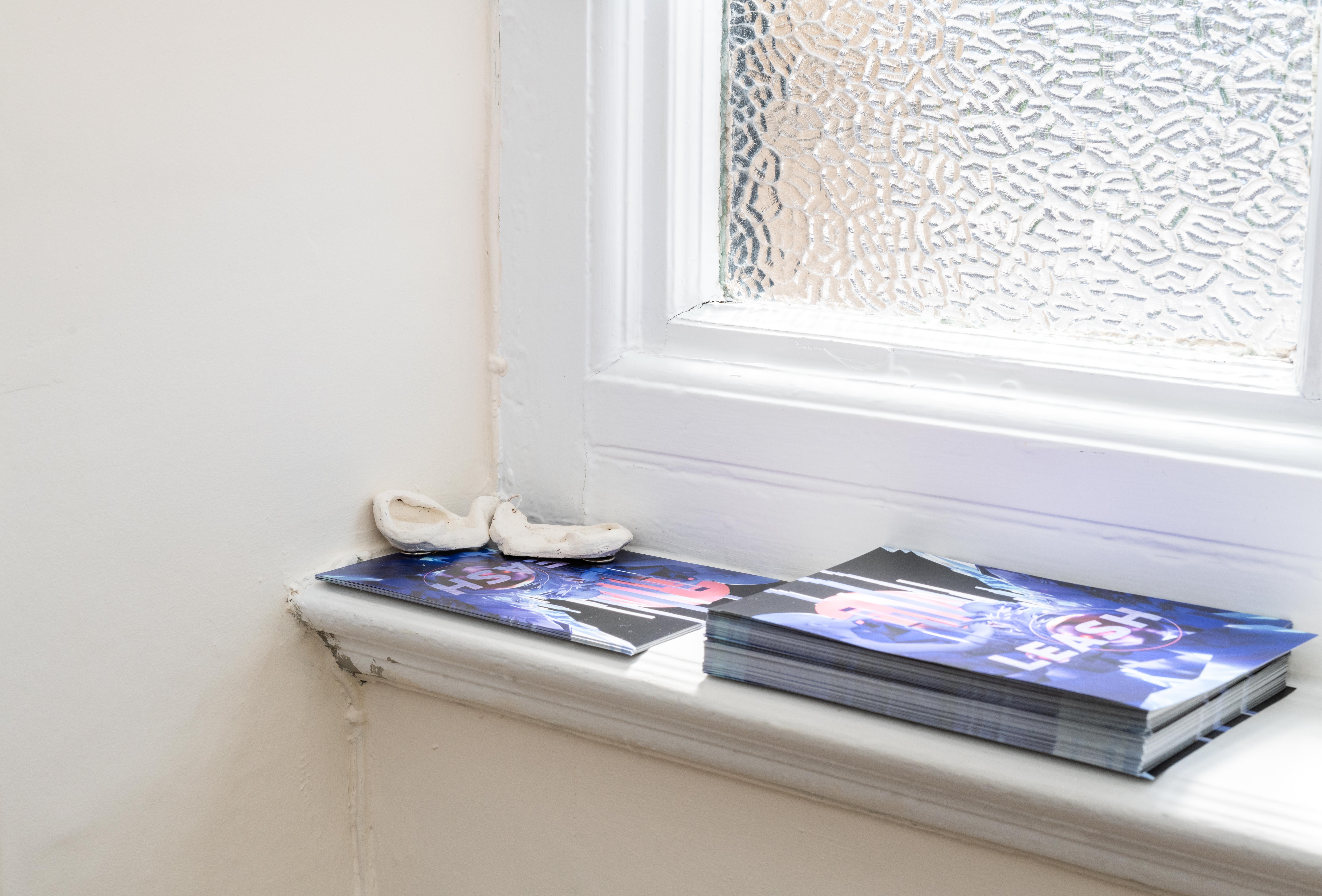
Certain elements within your practice feel quite personal and rooted within your own identity. Are you keen to present audiences with a window into your own experiences or memories, or is this an unavoidable by-product of the way that you choose to make and exhibit work?
I’m not sure that I want to be seen in the work, by way of the audience connecting it to my personal experiences or memories. I had a cut out of my dog that I had planned on including somewhere in the show but decided against this sort of personalisation. I’m trying to create space for people to wonder and long for the un-surfacing of things useful to them and I would like to take a step back from that process.
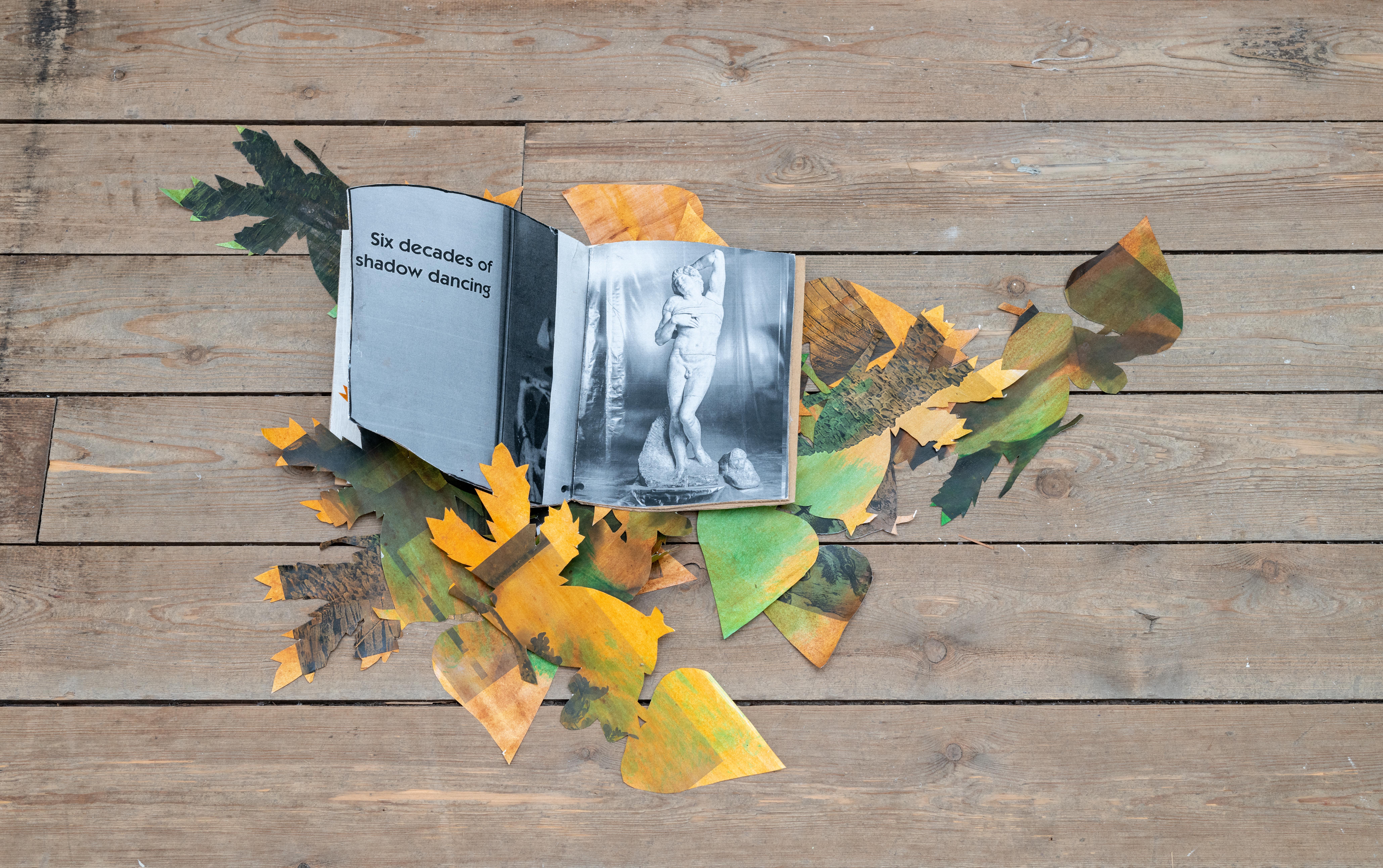
Film, music and club nights all feed into your practice and working methodologies. How have these informed your most recent work, specifically the work that we see presented in Stunts?
It’s funny for me to think about my work’s relationship to film, music or club nights because aesthetically there are very few, if any, visual cues alluding to this.. I’m mainly interested in the ways in which we are able to trust in film and music, and be liberated by them. It’s that tension between a song being useful, fundamental even, to our experience, whilst also heard in the background during a visit to the supermarket. I think that’s what excites me about historic objects too, the way that they can enable you to fall into a full fantasy, then on a different day, you might find them totally boring.

Can you share any details of what you have coming up or are hoping to work on over the coming months?
At the moment, I’m part of the Programming Committee for The NewBridge Project, so I’m excited to be moving forward with helping to deliver what we have been planning over the past few months. I’m also excited to have been selected as part of Queer Contemporaries, a digital showcase organised by Short Supply, who were recently interviewed for YAC. That showcase will be live online towards the end of August.
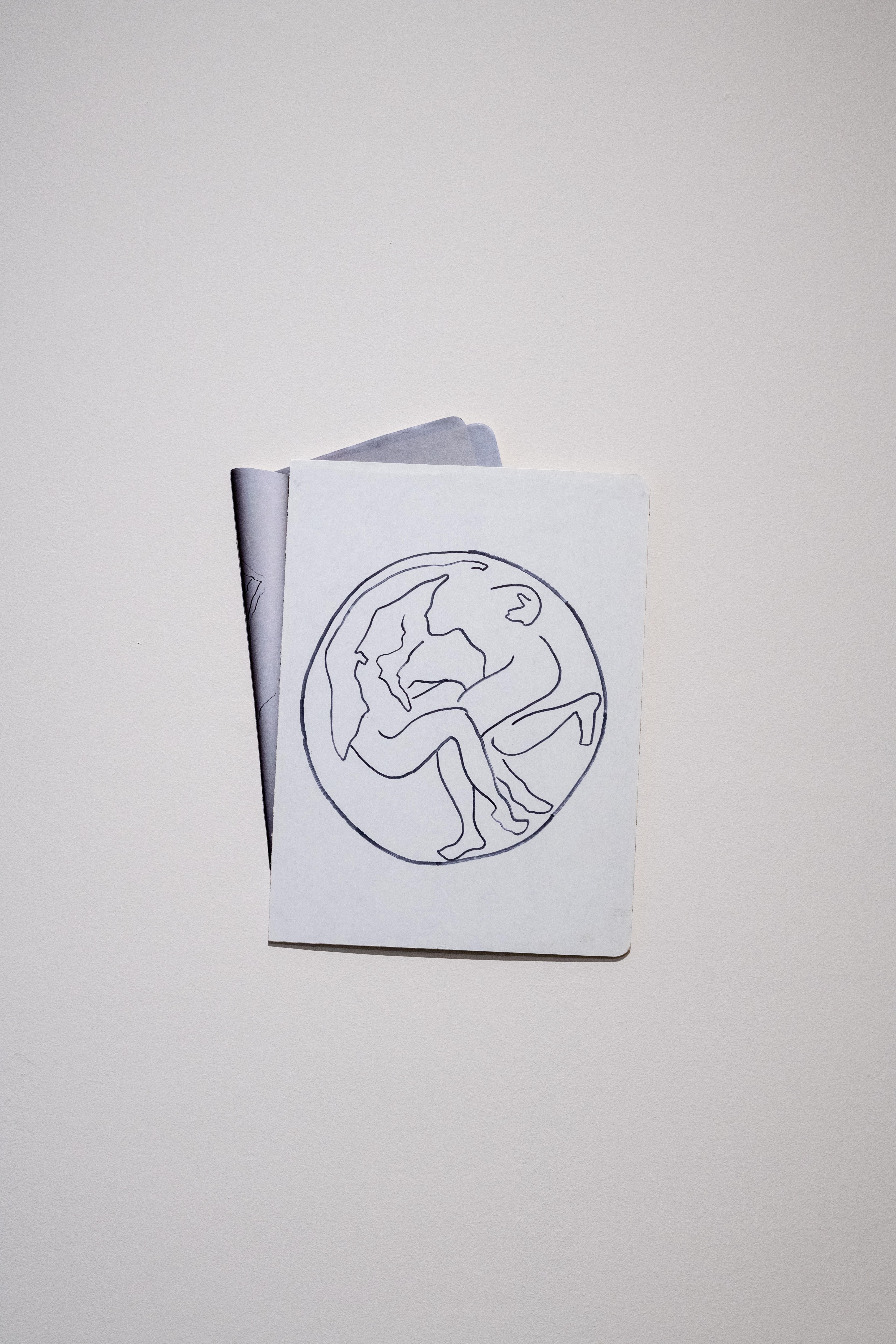
-
@calumbayne
calumbayne@gmail.com
-
If you like this why not read our interview with Thom Trojanowski
-
© YAC | Young Artists in Conversation ALL RIGHTS RESERVED
